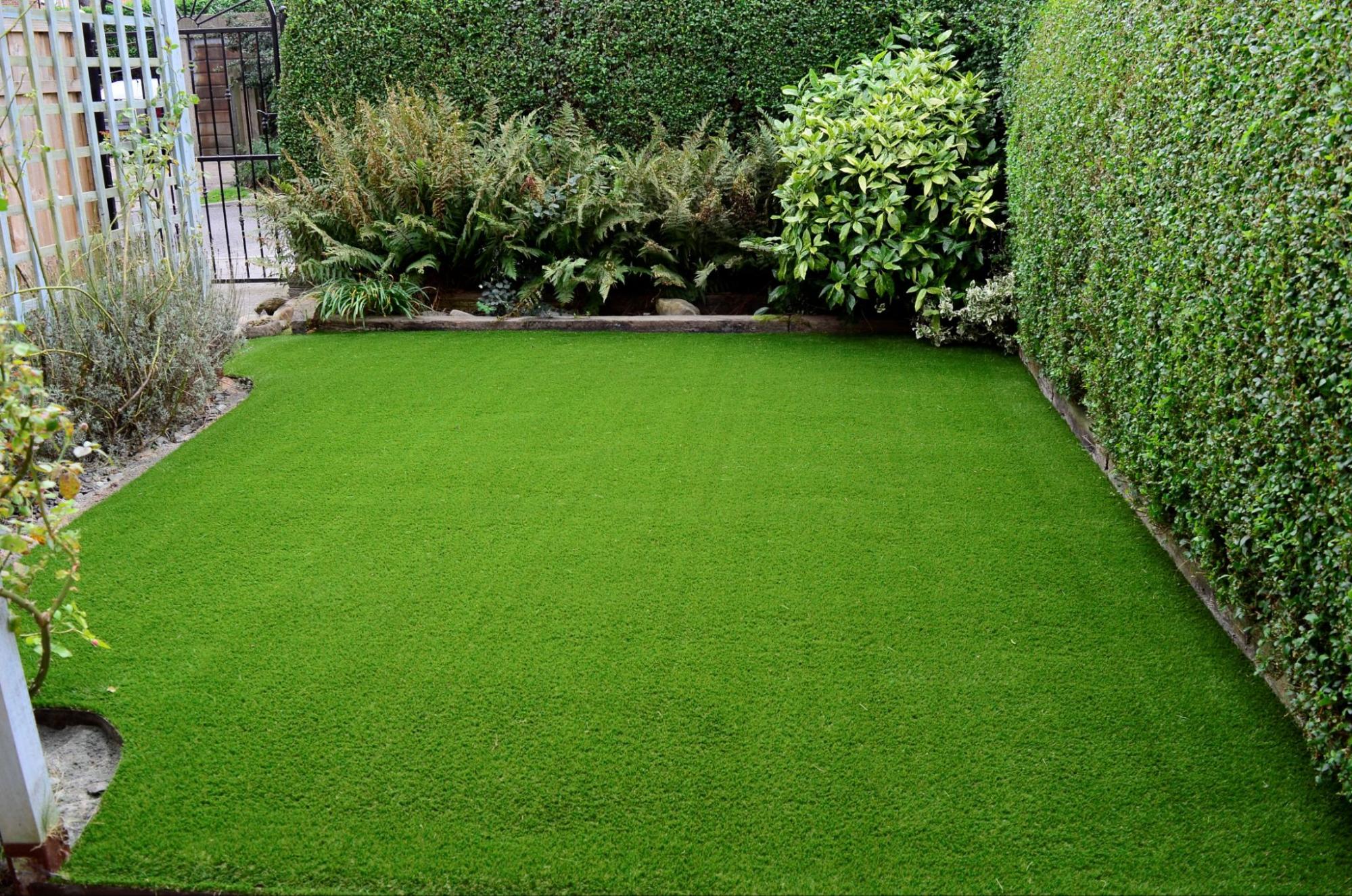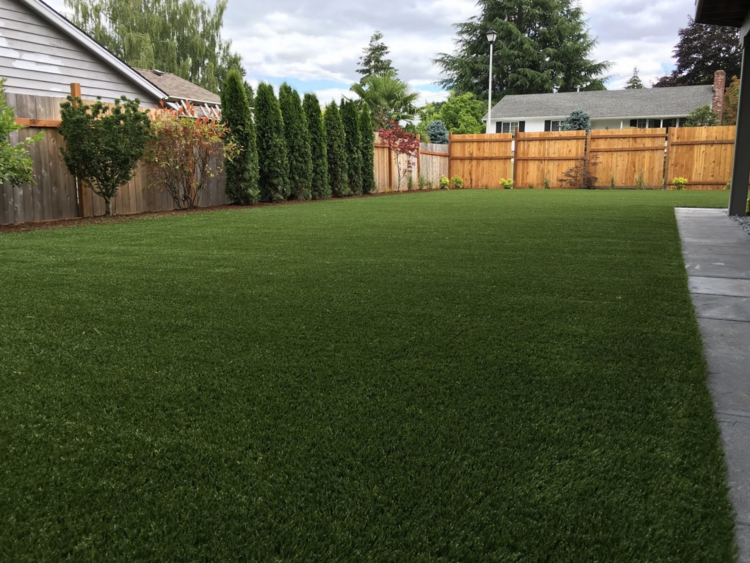Well-Known Artificial Turf Companies Phoenix for a Lush and Green Lawn
Wiki Article
Delve Into the Environmental Conveniences of Opting for Synthetic Grass Solutions
The fostering of synthetic grass options offers an engaging chance to attend to pressing environmental obstacles. By substantially reducing water usage and minimizing the application of damaging chemicals, these alternatives not just promote lasting landscape design but likewise safeguard neighborhood communities. The reduced carbon footprint connected with decreased maintenance activities adds to a much more lasting method to land monitoring. Nonetheless, the implications of these benefits prolong beyond simple conservation initiatives, raising questions regarding their lasting effect on habitat conservation and total environmental equilibrium. Discovering these dimensions reveals a complicated interplay worth considering.Water Preservation Benefits
One of the most considerable advantages of artificial lawn is its capability to save water. In comparison, man-made lawn does not require watering, significantly lowering the total demand for water sources.By getting rid of the requirement for routine watering, synthetic grass adds to sustainable landscape techniques and assists mitigate the environmental influence of too much water consumption. The preservation of water prolongs to the decrease of runoff, which can lead to dirt erosion and river contamination.
Furthermore, the installation of fabricated grass enables homeowners and towns to assign water sources more efficiently, concentrating on necessary uses such as drinking water and farming. The change in the direction of man-made lawn not just promotes accountable water usage however also straightens with broader ecological goals focused on preserving all-natural sources.
As communities significantly focus on sustainability, the water conservation advantages of synthetic grass provide an engaging case for its adoption in household and industrial landscaping projects.
Minimized Chemical Use
The transition to synthetic grass considerably reduces the reliance on chemical therapies frequently utilized in all-natural grass maintenance. Typical grass monitoring commonly involves the application of plant foods, chemicals, and herbicides to promote development and control pests. These chemicals can posture risks to human health, regional wildlife, and the environment, adding to soil and water contamination.In contrast, synthetic grass removes the requirement for these unsafe compounds. When installed, it calls for marginal maintenance, primarily consisting of regular cleaning and seldom infill replenishment. This reduction in chemical use not just benefits the immediate setting however additionally adds to wider ecological stability. By reducing the launch of synthetic compounds right into the community, synthetic grass advertises much healthier soil and water supply.
Furthermore, the lack of chemical drainage associated with synthetic lawn setups assists secure neighborhood waterways from contamination, sustaining marine life and preserving biodiversity. Arizona artificial turf. As neighborhoods significantly focus on lasting methods, choosing for fabricated turf presents a sensible option that aligns with ecological preservation objectives. Through this shift, home owners can take pleasure in lush eco-friendly spaces without compromising eco-friendly health, paving the way for a more lasting future
Reduced Carbon Impact

Furthermore, the installation of synthetic grass can lead to considerable water preservation. his response All-natural yards need considerable amounts of water for irrigation, which not only contributes to the carbon footprint related to water extraction and treatment yet also pressures neighborhood water resources. On the other hand, synthetic grass requires marginal maintenance, calling for no watering, consequently substantially minimizing water use and its linked energy costs.
Furthermore, the longevity of synthetic grass adds to its reduced carbon impact. With a life expectancy of approximately 15 years or more, the need for frequent substitutes is decreased, resulting in less waste and lower power intake in manufacturing and getting rid of conventional lawn choices. Generally, fabricated grass offers a sustainable alternative for environmentally aware landscaping.
Habitat Conservation
Environment preservation is a critical consideration in the debate over landscaping choices, especially when comparing man-made grass to natural turf. Natural yard lawns usually require substantial maintenance, including the use of herbicides, fertilizers, and pesticides, which can negatively impact local ecosystems. These chemicals can leach into the dirt and rivers, hurting native vegetation and animals and interfering with regional habitats.
Fabricated lawn removes the demand for damaging chemicals, thus protecting neighboring wild animals and keeping the stability of bordering environments. The setup of synthetic turf can lead to the conversion of former lawn locations into even more biodiverse landscapes, such as pollinator gardens or indigenous plant locations, which can support local wildlife.
Ultimately, the change to fabricated grass not just saves water and reduces upkeep efforts but additionally fosters a more unified connection between human activities and the native environment, advertising habitat preservation while doing so.
Long-Term Sustainability
Long-lasting sustainability is a critical consider reviewing the advantages of artificial lawn over conventional lawn yards. One of the most significant benefits of synthetic grass look at this site is its sturdiness; it can last as much as 15-20 years with marginal maintenance, whereas all-natural turf calls for constant reseeding and replacement. This durability reduces the need for continuous resources, such as water, plant foods, and pesticides, which are crucial for keeping a healthy turf yard.Additionally, synthetic grass contributes to a reduction in carbon exhausts associated with yard treatment tools. Typical yards typically require gas-powered mowers, trimmers, and blowers, all of which add to air pollution. Turf installation phoenix az. On the other hand, synthetic turf gets rid of the requirement for such tools, promoting a cleaner setting
Moreover, the production of synthetic grass increasingly uses recycled materials, enhancing its sustainability profile. As producers take on environmentally friendly practices, the environmental footprint of synthetic grass continues to reduce.

Final Thought
The adoption of man-made turf services presents considerable ecological benefits, consisting of significant water conservation, decreased dependence on dangerous chemicals, and a lower carbon impact. Additionally, synthetic grass aids in maintaining natural habitats by lessening land disturbance and advertising long-lasting sustainability pop over to these guys via using resilient products. Jointly, these elements highlight the possibility of artificial grass to add favorably to ecological wellness and provide a viable choice to typical landscaping practices in a significantly resource-conscious globe.In comparison, artificial lawn does not require watering, substantially minimizing the overall demand for water sources. By reducing the launch of synthetic substances into the ecosystem, artificial grass promotes much healthier dirt and water systems.
In addition, the setup of fabricated lawn can result in significant water conservation. In contrast, synthetic turf requires marginal maintenance, calling for no watering, thus considerably lowering water usage and its linked power costs.

Report this wiki page